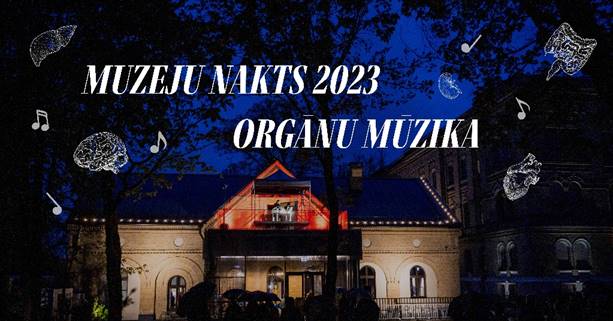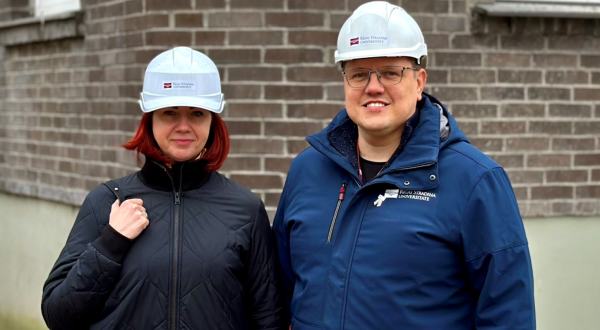Music, Bones, and Body Parts – Night of Museums at the RSU Anatomy Museum
During this year's European Night of Museums on Saturday, 13 May, the Rīga Stradiņš University (RSU) Anatomy Museum will offer free admission to its permanent exhibition, which includes several thousand anatomical specimens, as well as the opportunity to enjoy compositions by Jachin Edward Pousson. These compositions were created using recordings of the brain's bioelectrical activity, or EEG signals.
European Night of Museums is an international event that has taken place in many parts of Europe every spring since 2005. The Anatomy Museum, which opened two years ago, took part in the event last year for the first time, attracting long queues for a programme created in collaboration with composer Platons Buravickis. ‘Let's hope that this year we will be able to welcome everyone. Visitors will be able to view the exhibition that is spread over two floors of the museum – embryos, bones, body parts, and organs, accompanied by multimedia annotations.
A series of three compositions by composer Pousson, created especially for the Anatomy Museum, will set the mood,’
says the Head of the RSU Anatomy Museum, Assist. Prof. Ieva Lībiete.

According to Pousson, who is a researcher and doctoral student at the Jāzeps Vītols Latvian Academy of Music, where he has been developing Brain-Computer Music Interface (BCMI) systems, music starts and ends in the human brain. “It begins in the imagination and ends in the perception.
Through the eyes of a musical artist, recordings of the brain's bioelectrical activity, or the EEG signal, is fascinating material to work with. It is complex, densely rhythmic, and it is able to reveal hidden aspects of the human experience.’
The pieces, which will be presented to visitors throughout the event, were created by Pousson using EEG recordings of three other musicians - pianist Hailong Zhang, saxophonist Arvydas Kazlauskas, and electronic music artist Vadim Pitlan. They were obtained while performing free musical improvisation.
The RSU Anatomy Museum reminds visitors that its target audience is individuals aged 14 and above. While younger visitors are also welcome, it should be noted that the Museum's exhibits include organs, body parts, and embryos, including abnormal ones. Therefore, some of the exhibits may be disturbing to younger visitors.
Related news
 RSU is growing and developing: major reconstruction underway in the main buildingDevelopment, For RSU Employees, For Students
RSU is growing and developing: major reconstruction underway in the main buildingDevelopment, For RSU Employees, For Students


